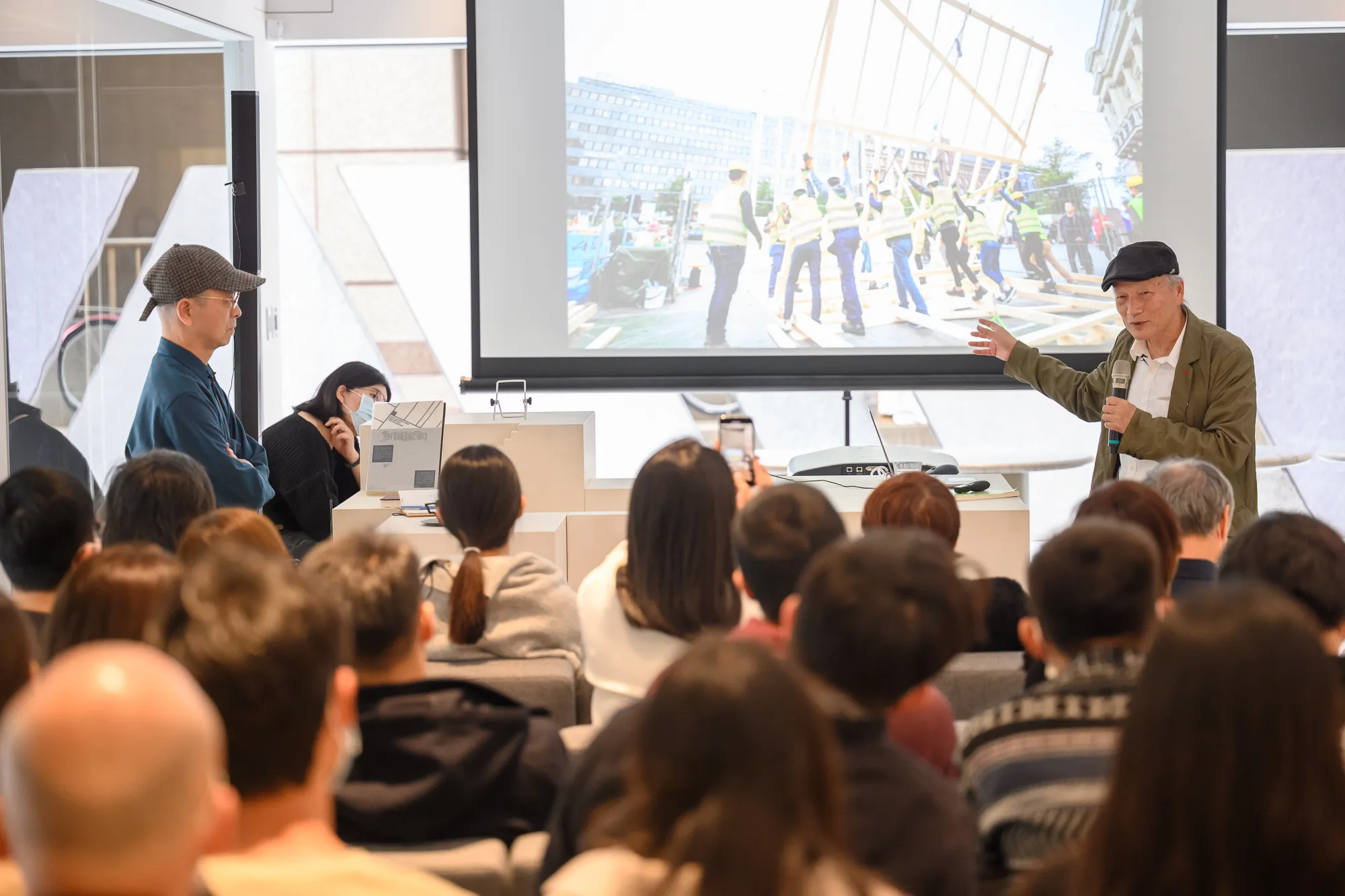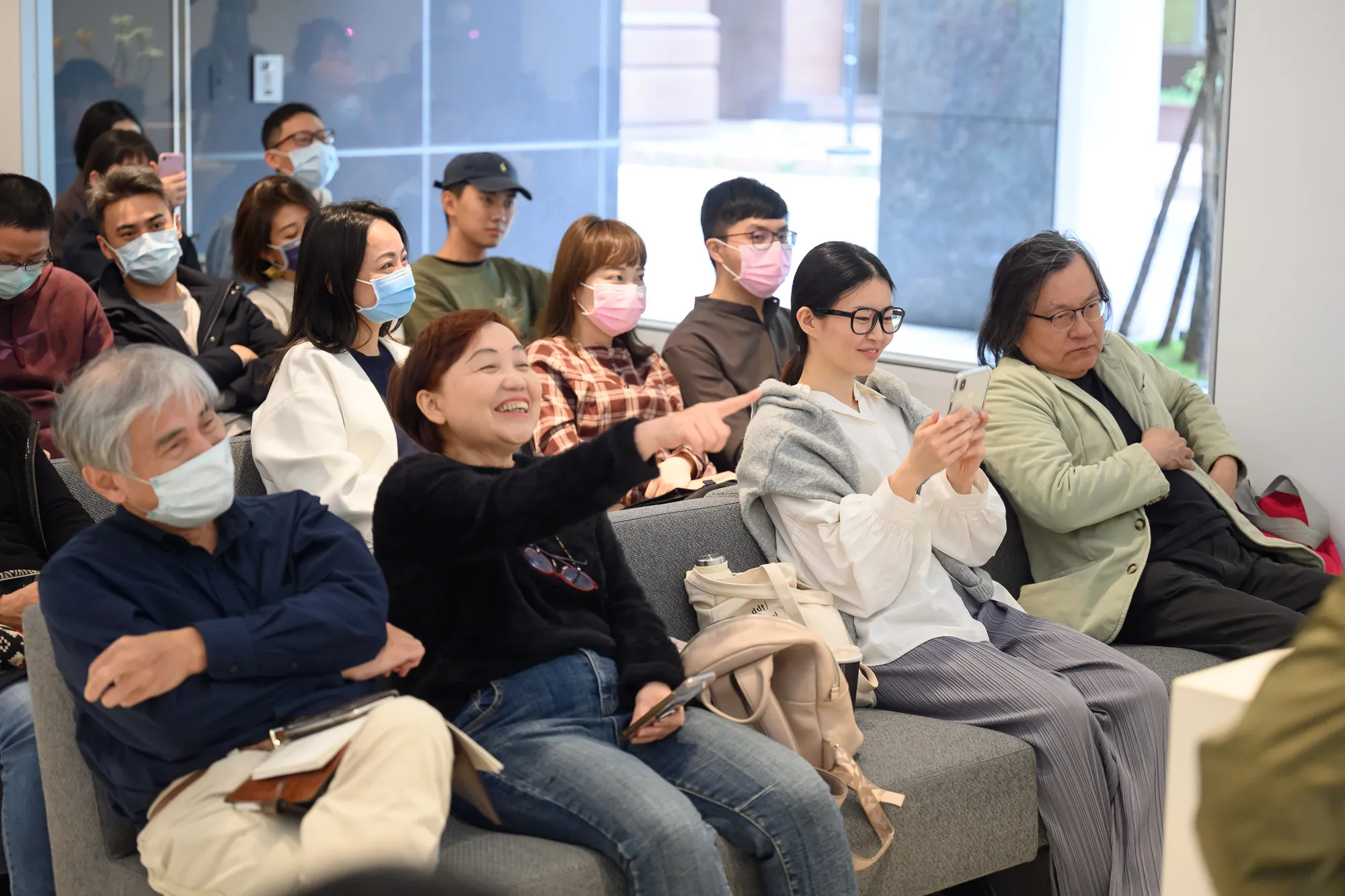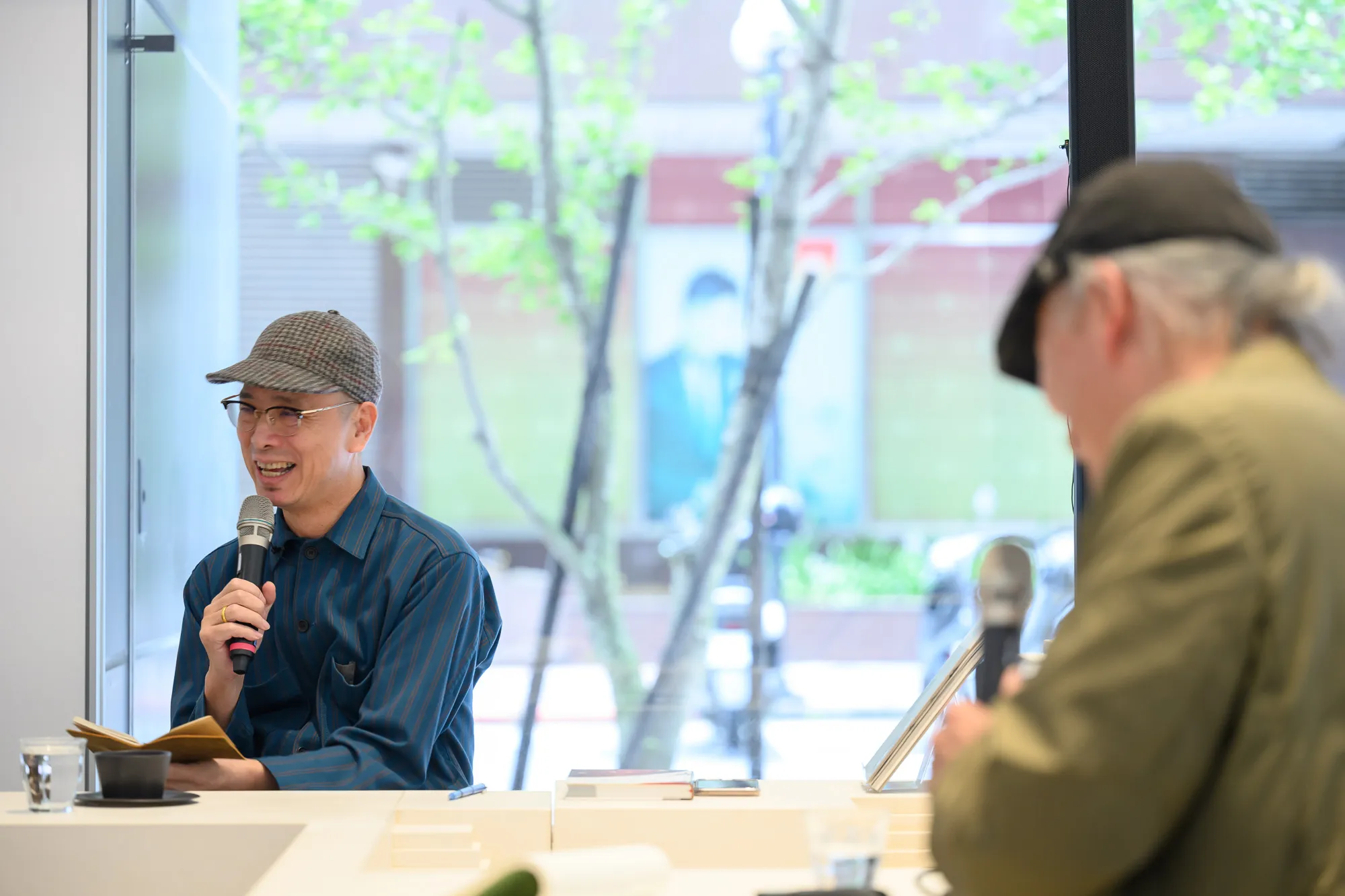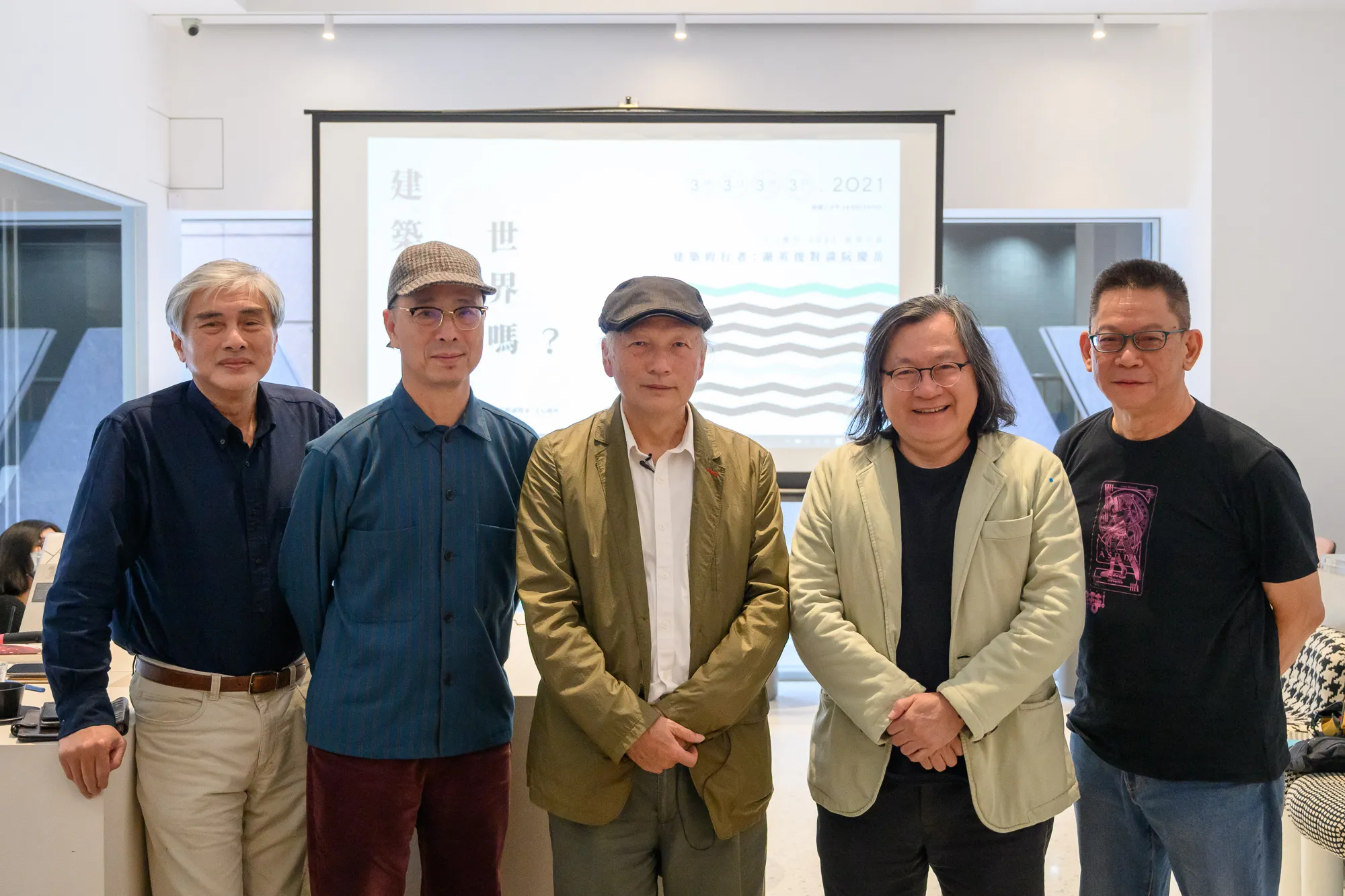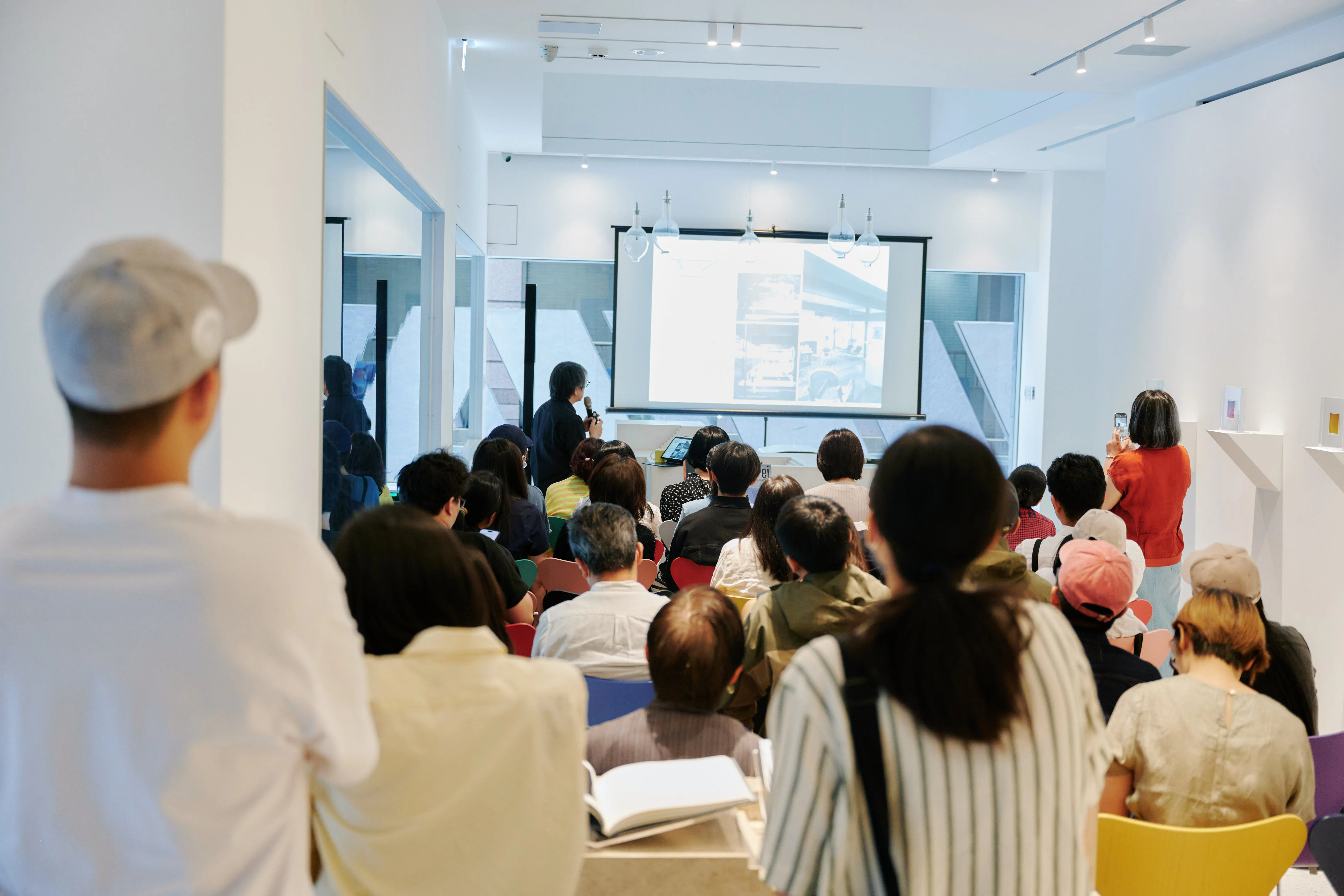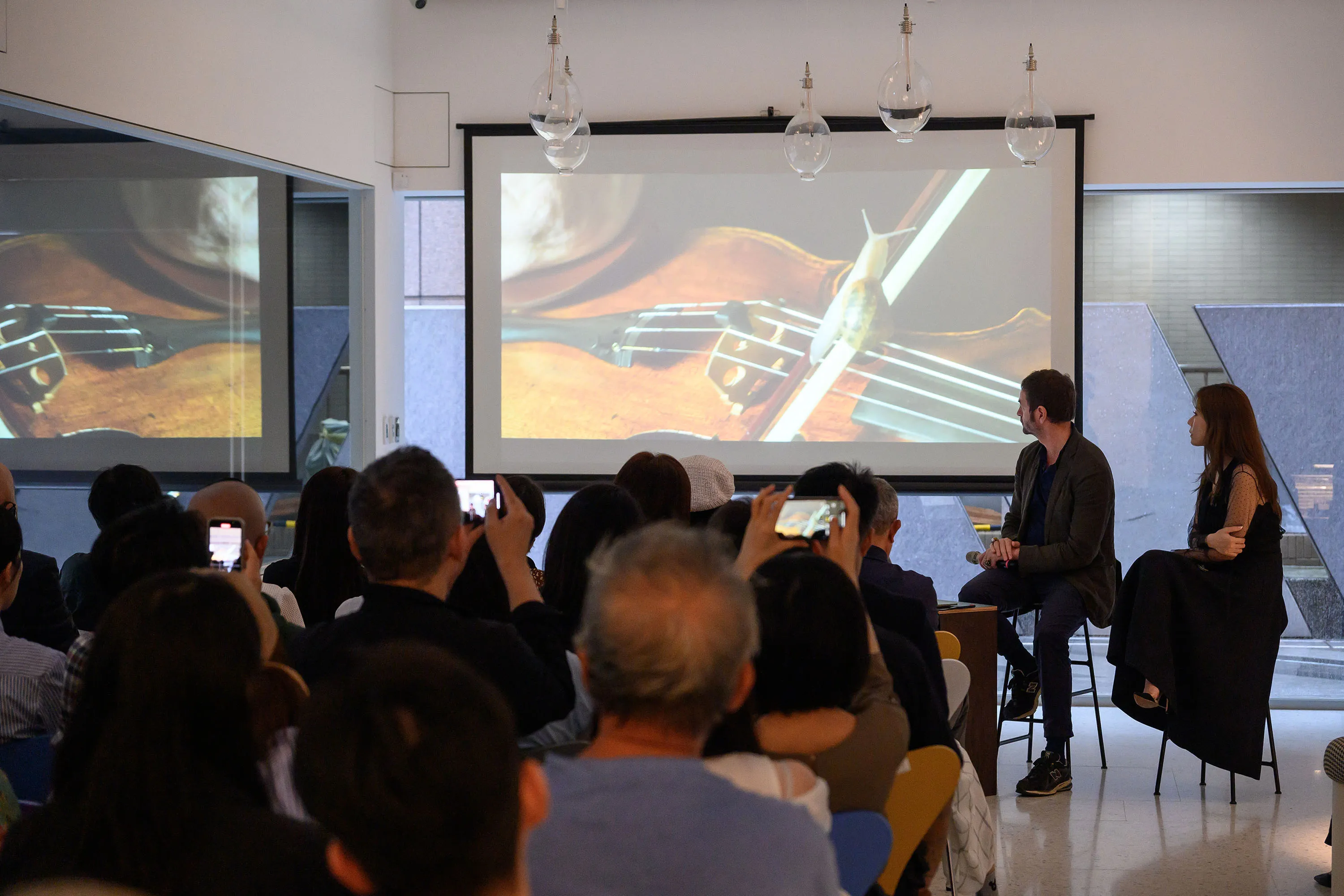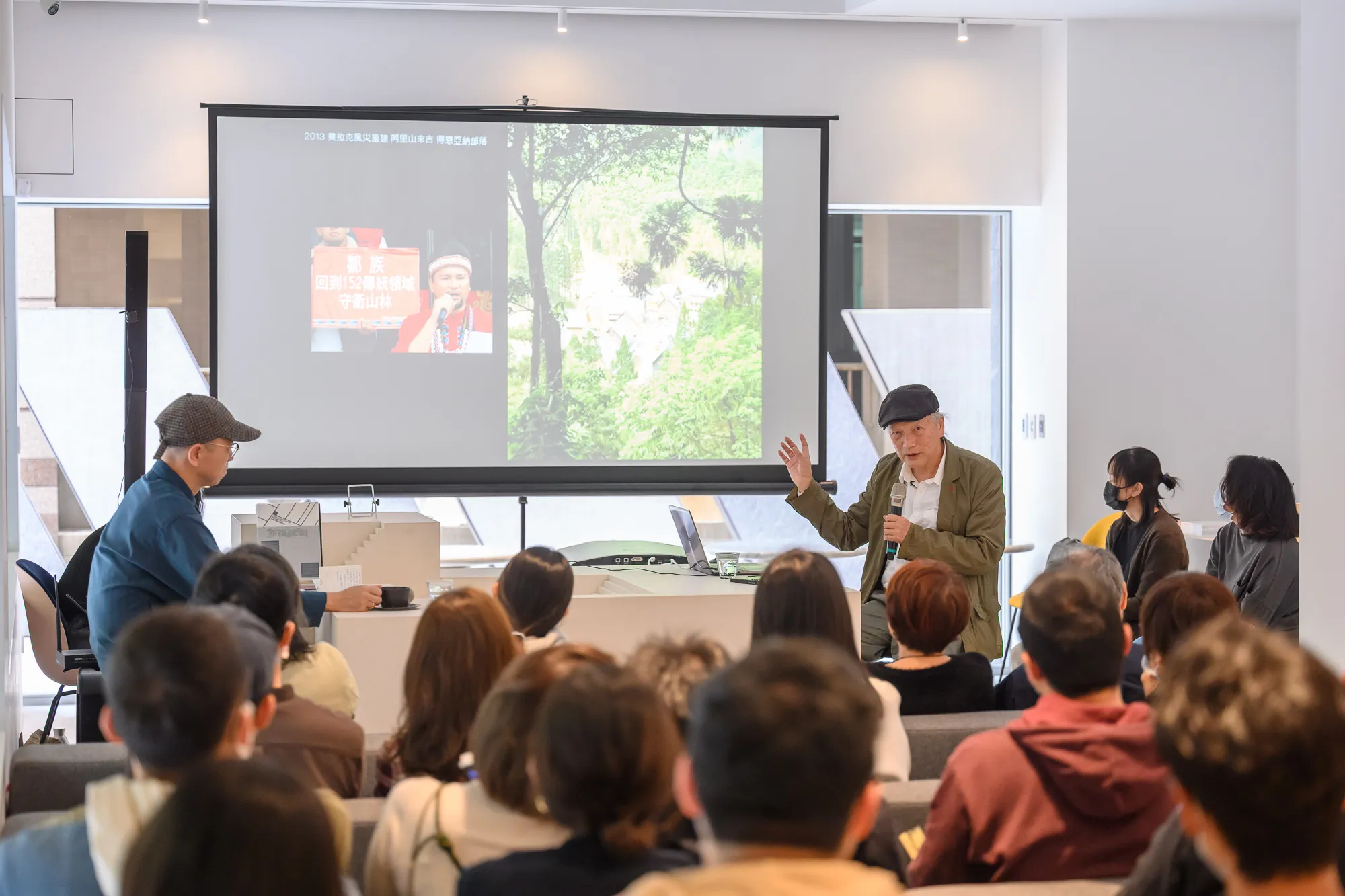
Architecture Salon| Can Architecture Save the World?—People’s Architecture: From “Architecture of the People” to “City of the People”
Speakers
Tse Ying Chun 3rd Architect of Building Studio
Nguyen Ching-Yue Architect, Curator, Writer
locations
Wen Shin Art Center (No. 6, Lane 10, Lane 180, Section 6, Section 6, Minquan East Road, Neihu District, Taipei City)
Session
3/06 AESTHETICS: FROM “SHENZHIZIDI” TO “LIKE THIS KIND OF ASTHMA AND IMASHIROGAKI”
◆ 3/13 Ordinary buildings: from “People's Buildings” to “People's Cities”
3/20 Yes/None: From “Mutually Focused” to “Participatory Architecture”
3/27 Imagining a Future Civilization: Tribal, Community, Sustainability
processes
Topic Sharing: 45 minutes
Conversation: 45 minutes
QA: 30 minutes.
fees
One lecture is $500, four-course package is $1800. 20% discount for students with student ID card (valid student ID must be presented for admission)
This event can be purchased at the bookshop with an invoice and a discount on the day book store is 150 yuan
Event Content
After the Great 921 earthquake, Xie Yingchun and the Shao tribe rebuilt their homes. Xie Yingchun not only led fundraising and construction, but also persisted in this mechanized world. He still uses low-tech methods to respect the weak workforce, regardless of men and women. He believes that all individuals and families can help each other. Build your own home.
Using his experience in building construction in this earthquake, Xie actively entered the impoverished countryside of China, helping farmers in need of housing to build their own homes. After the 2008 Wengchuan earthquake, the mountains of Mao County, which are mostly Tibetan, Qiang, and other ethnic minorities, carried out the reconstruction of more than 50 Yangliu villages. After the Wengchuan earthquake in 2008, the Qian people participated in the construction of more than 50 people. Build and restore or perpetuate original beliefs, rituals, and the autonomy of the inhabitants as a primary goal of architecture.
The most fundamental difference between Hsieh Ying Chun and other architects is that while using industrialized building methods, they avoid reliance on high technology and special materials, stick to a simple process of materials and construction, and try to obtain natural ecological materials from the vicinity, such as stone, bamboo, etc., in a simple, low-tech way. A smart, cheap, and mutually supportive way to encourage people to cover their homes. In addition, allowing users to participate in covered houses not only saves construction costs, but also enables vulnerable people to build self-esteem and confidence by participating in the construction, but also critiques and solutions to the current phenomenon of overly capital- and technology-driven construction through this practical building system.
When star architects are now considered the meaning of architects, Xie Ying-chun's appearance and work not only made people rethink the social significance of architecture, but even wonder if architecture can save the world.
Event Review
What is a city? Thank you for thinking that “the building of the people is the city, gathered together.” In this context, residents who are subject to various conditions to express their desires through resistance, such as the illegal buildings in Taiwan, or the abandoned Venezuelan David Tower, which is occupied by the people themselves, give their cities a unique character. As with the concept of building houses, Xie's vision for the city begins with the creation of an open public architecture under which residents can express themselves freely, to be called “the city of the people”. Today, we live in this complex and dense world, where buildings become more professional, houses become commodities, and users can only passively choose; and living spaces that cannot be freely adjusted according to needs are faced with the need for replacement after a period of time, so naturally it is difficult to be a long-lived household. “Home”. Emphasizing the concept of user participation, thanks to the idea of “open systems” and “simple technologies” to return dominance from the designers to the residents, which is what is called a “no-brainer” for designers. But why is this all-human system that should work. Why is it always possible in reality when one is pushed into a state (e.g., a disaster zone) or a certain family (e.g., a vulnerability)? How to establish yourself under the test of the modern economic system? Or, how does getting into the middle class work as well? And can the so-called “people” also encompass possible contradictions between different families? After all, in the real world, people are divided, there are classes, there are all kinds of conflicts and contradictions.
